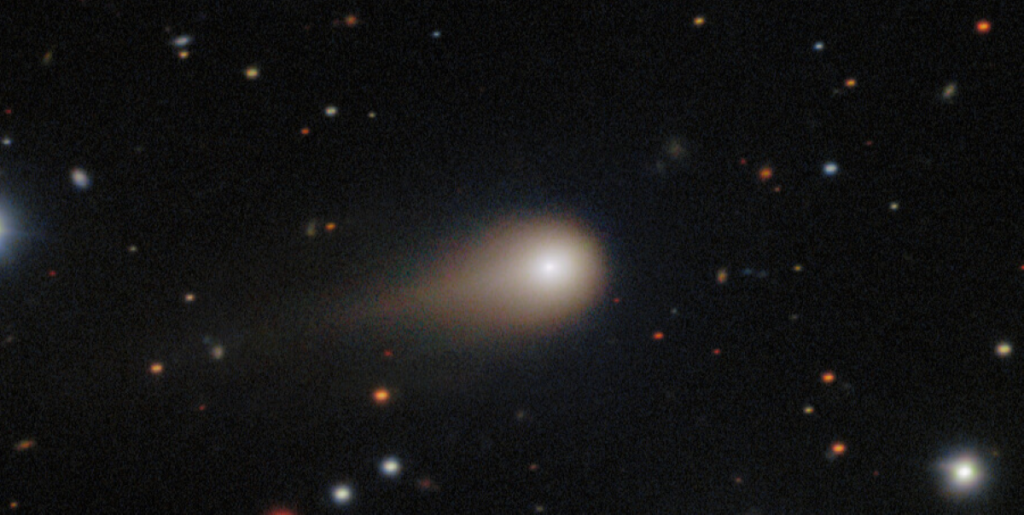A silent traveler from another star system is drawing close to the heart of our solar system.
Others are reading now
Astronomers say the interstellar comet known as 3I/ATLAS is entering its most active phase, though what happens next remains uncertain.
Rare cosmic visitor
According to NASA, 3I/ATLAS is only the third interstellar object ever identified passing through our solar system.
It is also believed to be the largest and fastest among them.
First confirmed in July, the object has already crossed into the inner solar system and is now on a path that will bring it to its closest point to the sun on October 29.
Scientists describe 3I/ATLAS as a mass of frozen gases and dust, possibly older than our own solar system.
Also read
The comet’s visit provides a fleeting chance to study material that may have formed around a distant star long before Earth existed.
Building intensity
Images captured on August 27 by the Gemini South telescope in Chile show the comet racing through space, trailing a faint tail behind it.
As the sun’s heat reaches its icy core, gas and dust erupt from its surface, forming a bright halo called a coma.
The pressure from solar radiation then stretches this material into a long tail pointing away from the sun.
NASA estimates that the comet will pass within about 130 million miles, or 210 million kilometers, of the sun.
Also read
This proximity is expected to cause a surge in activity, as the frozen material reacts violently to solar radiation.
Astronomers anticipate that when it becomes visible again in early November, 3I/ATLAS may appear brighter and more dramatic than before.
Watching and waiting
Research teams across the world are preparing to observe the comet using telescopes both on Earth and in orbit.
Instruments aboard space missions heading toward Jupiter are also being redirected to collect data.
Each observation could reveal information about the origins and composition of interstellar matter.
Also read
The comet’s upcoming passage is a brief one. Once 3I/ATLAS swings past the sun, it will continue its journey back into the depths of interstellar space, unlikely ever to return.
For scientists, it represents not only a rare event but also a fleeting connection to the wider galaxy beyond our own.
Sources: NASA, International Gemini Observatory, Space.com


